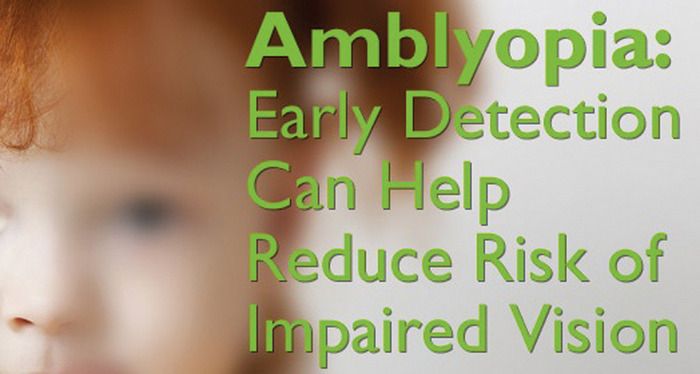

Eye Health
Ipoh Echo’s EYE HEALTH series continues with Consultant Eye Surgeon Dr S.S. GILL talking to us about the Lazy Eye.
Amblyopia is the medical term for “lazy eye”. The term lazy eye however, is frequently misused by the layman. A lazy eye or ‘amblyopia’ is a condition that results in poor vision in an eye that did not develop normal vision in childhood. So what that means is that development of the “lazy eye” commences during the childhood years.
Firstly, the eye, for whatever may be the underlying cause, does not focus on objects clearly. Blur images are then sent to the vision centre in the brain and over time the brain gets used to seeing them blur. Gradually, the brain slowly ignores the blur images from the lazy eye, preferring the clearer images from the normally developing other eye instead. Eventually, vision centre of the brain becomes fully developed in this blur state of vision for the lazy eye. This is much like a small plant growing in an odd direction so that when it becomes a full grown tree, remains in that odd direction.
Amblyopia occurs in 2-4% of the population. In rare instances, it may also affect both eyes together. Once the brain development for vision is complete around the age of 8-9 years, it may mean a lifetime of poor vision in this lazy eye because the visual pathway is fully developed.
CAUSES OF AMBLYOPIA
The following are the main causes:
1. REFRACTIVE ERRORS
These include short-sightedness (myopia), long-sightedness (hypermetropia) and astigmatism. A child may be short-sighted in one eye and long-sighted in the other resulting in a condition called ‘anisometropia’. This must be corrected as soon as it is to avoid amblyopia setting in.
2. SQUINTS
A squint is when the eye alignment is not equal and do not look in the same direction. Therefore the eyes focus on different things the same time and so the brain has to ignore images from one eye in order to prevent double vision (diplopia).
3. CONDITIONS BLOCKING VISION
Any condition that prevents proper vision in an eye because it blocks light from entering in, may cause eventual lazy eyes formation. These conditions include cataracts, tumours in the eye or even droopy eyelids.
HOW IS AMBLYOPIA DETECTED?
Parents are encouraged to get their children to have a basic vision test at preschool or school entry. Some schools do this vision test as part of their entry requirement. This is good because it picks up lazy eyes at a treatable age in the child’s life. A lazy eye may sound simple but it has long-term implications on the kinds of jobs that can be performed later in the adult years.
In the next issue, Dr Gill will talk to us on the treatment of amblyopia.


